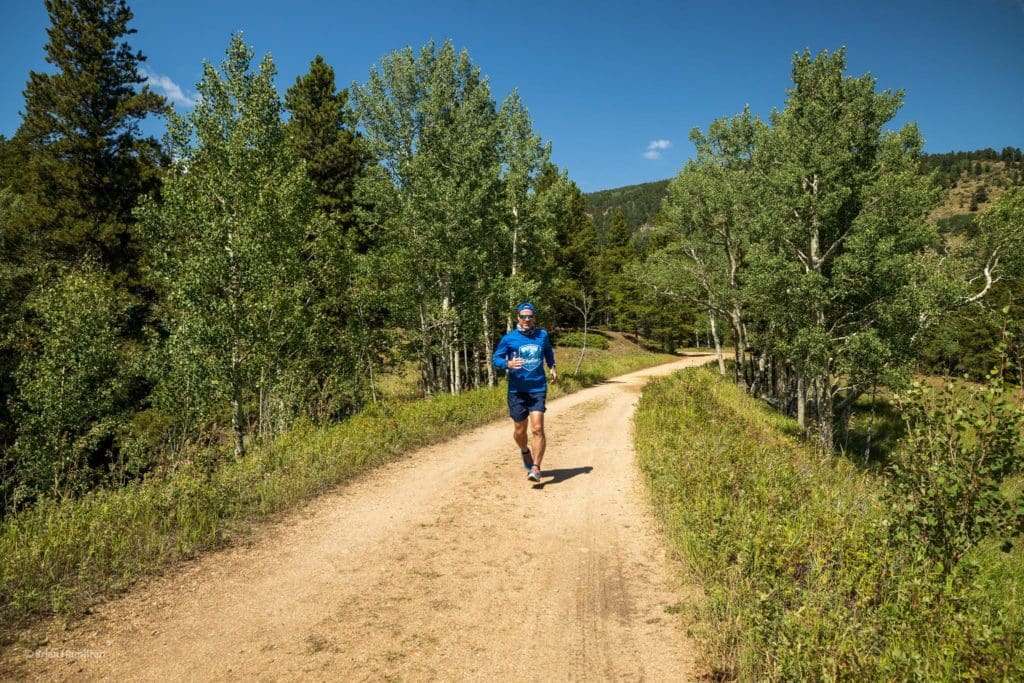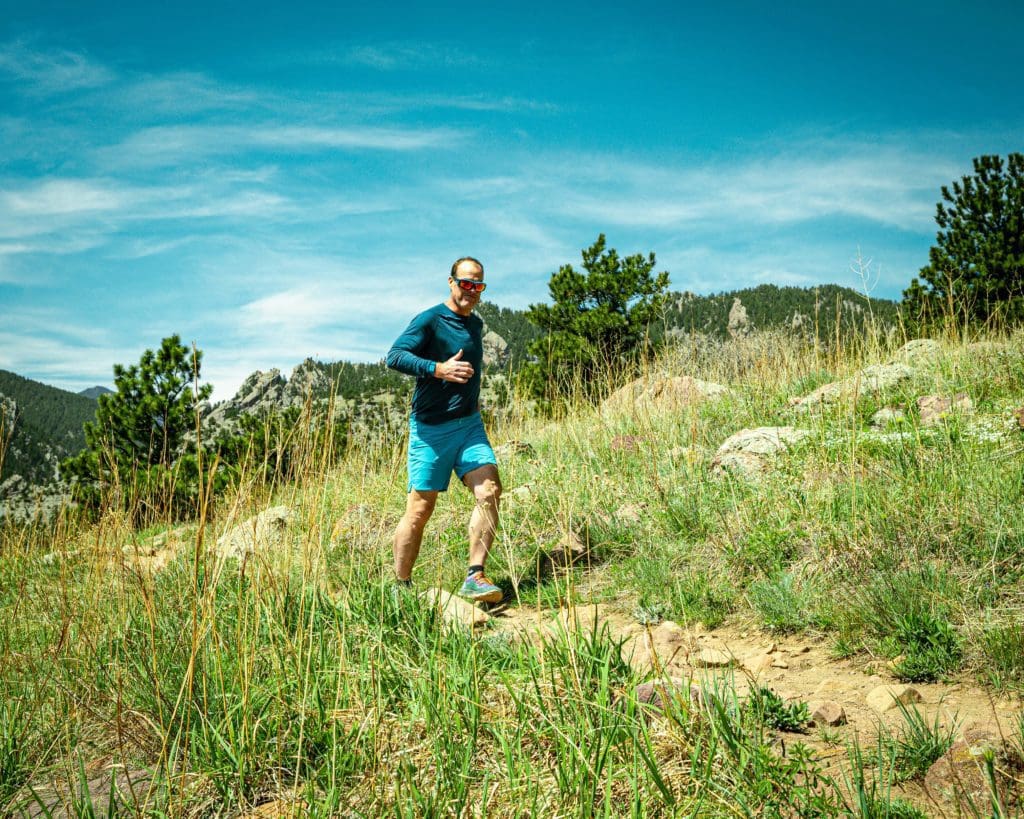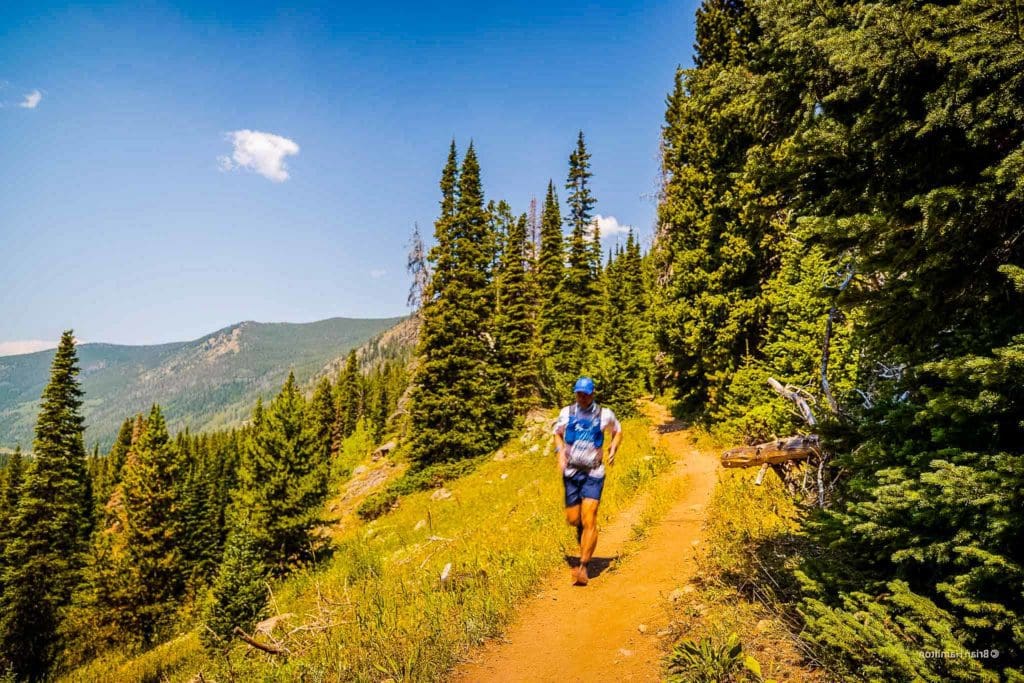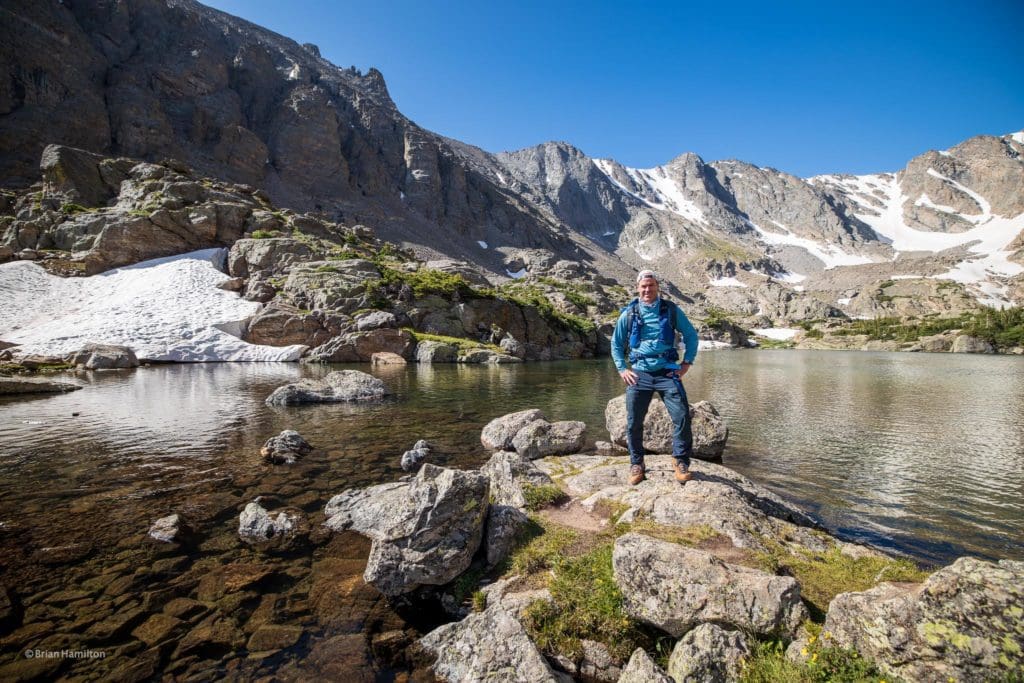|
Getting your Trinity Audio player ready...
|
I constantly push my limits with tough training and intense challenges like rugged hikes and bike rides. As a master athlete, I’ve learned to adjust my training to prevent injuries and continue performing at my best well into my forties and beyond. #neverstoplearning
If you are anything like me, you love adventure and want to spend the rest of your life in the outdoors doing adventurous activities. To me this means, exploring around the high Rockies. I’ve discovered what fuels my fire most: an adventurous life that inspires me to create and share, striving to capture the beauty of the natural world. From remote 4WD overlanding expeditions to high-elevation hikes and trail runs, running races, mountain bike tours, and backpacking trips.
Masters athletics is a class of the sport of athletics for athletes of over 30 years of age. Events include track and field, road running and cross country running. In this article, I am expanding the definition to adventure including high-elevation hikes and trail runs, mountain bike tours and backpacking trips. These adventure events require very similar training to the traditional athletics events for a Masters Athlete.

Brian Hamilton enjoying a trail run on the Switzerland Trail near Nederland, Colorado.
As a Masters Athlete, I still strive to be as active as ever, but I can’t run as fast as I used to a few years ago. In September 2009, I had my reckoning. I used to train pretty hard with running and road biking, but I avoided stretching and strength training. I did several half marathons that year and even did a half ironman triathlon. After running a personal best in the NYRR Bronx Half Marathon, I had some pain in my left hip and right knee. I’d never been injured before, so this was a first for me.
After getting an x-ray and MRI on my hip and knee, my doctor at the Hospital for Special Surgery in New York City came into the exam room and said “You have good reasons to be feeling pain in your left hip and right knee.” My doctor then informed me that I had a Gluteus Medius Tendon tear in my left hip and Patellofemoral Syndrome (Runner’s Knee) in my right knee. He then asked me if I am doing any strength training, yoga, mobility or stretching in addition to my running, swimming and cycling? This was my day of reckoning.
My doctor told me that if I were a professional athlete, we would be scheduling surgery. Since I am a master’s athlete, he asked me if I wanted to go a more conservative route with physical therapy instead. I elected for the physical therapy and started a road to recovery that lasted more than a year.
On top of my constant marathon training, I still enjoy getting outside for a long hike, a backpacking trip, or a mountain bike ride. As a master’s athlete, I am much more injury prone than I used to be. I realized through this experience that if I want to continue to be this active, I can’t train like I used to when I was younger. The following are my keys to longevity and athletic performance past the age of forty.

Brian Hamilton trail running near Boulder, Colorado.
Key #1: Emphasize Functional Strength and Mobility
Since my injury in 2009 and subsequent recovery, I’ve focused on my functional strength and mobility with sport-specific strength training including strength and balance workouts designed specifically for runners. Steve Gonser, DPT, who operates an online runner specific training system called BaseSix on Runsmartonline.com explains that “ as we run, we build dysfunction. This dysfunction feeds injury and slower running. BaseSix is designed to train movements, not muscles. Through the use of run-specific functional strength exercises, BaseSix challenges you to balance and control the forces of running.” I’ve been using Runsmartonline.com for several years now. Steve uses the movements in his BaseSix workout every day in the rehabilitation of running overuse injuries and has helped runners from around the globe prevent and fight injury. Runsmartonline.com allows me to instantly stream runner strength programs to improve my glute strength and balance to run faster with fewer injuries.
My number one key to longevity and seeing meaningful progress with my fitness is avoiding injury, so I go to the gym twice a week to work on my functional strength and mobility. My goal each week is to do at least 1 to 2 hours of functional strength training and mobility.

Brian Hamilton trail running in the James Peak Wilderness, Colorado.
Key #2: Moderation and Consistency
I’ve found that the best approach to longevity is being consistent with training and moderating my goals. I like to have a regular mix of a reasonable amount of moderate-effort training volume along with some high-intensity training. In my experience, a training volume of 8 to 10 hours per week is a training level that I can consistently achieve. I use this approach rather than doing one or two big training weeks that are not practical to maintain. This is a manageable workload that I can stick to in the long run.

Brian Hamilton backpacking in a remote portion of the Never Summer Mountains, Colorado.
Key #3: Focus on Recovery
The two most important recovery components are sleep and nutrition. I used to be able to train hard and not pay attention to how much sleep I got or what I ate. Not anymore. As I get older, I clearly recover more slowly than I used to. These days, I leave nothing to chance when it comes to recovery.
In his book Fast After 50, Joel Friel notes that “not only does slow recovery cause a reduction in the density of training, it also increases the risk of injury.” Like the athletes in Friel’s book, I am more susceptible to joint, tendon, and muscle damage. Plus, I heal more slowly after an intense workout like a long run or a high-altitude hike in the Rockies.
I find that its best to have a recovery plan instead of just letting nature take its course. My optimal recovery plan includes consistently going to bed between 9 and 10 pm plus getting extra sleep when my body needs it. A few years ago, I became a founding member of Whoop.com. I use the WHOOP Strap 4.0 to balance my daily recovery, strain, and sleep requirements. If I have a hard training day and need some extra rest, my Whoop app tells me how much sleep I need to recover and suggests when to go to bed. With the guidance from my Whoop app, I’ve learned how to listen to my body when it needs a recovery day.
Another important component of recovery is nutrition. Friel notes that his “third key to performance and decreasing fitness losses over time is maintaining a lean body.” He notes that this is “as important as aerobic-capacity training and weight lifting.” Like him, my diet has vastly improved. I’ve made adjustments in my diet to perform better, making the transition to the Bulletproof Diet. This diet has given me a much leaner body with less inflammation.
A couple of years ago, I filled out a food journal and sent it to a nutritionist associated with my CrossFit gym. I asked her if there was anything else I needed to do with my diet while I trained for the 2019 New York City Marathon. After reviewing the food journal, she noted that my diet was already pretty good, but I needed to substantially increase my protein intake. Based on this advice, I raised my protein intake, which also helped me recover faster. Now, my mid-day snacks include a variety of lean protein sources from protein shakes, yogurt, and beef jerky to ensure I get the protein I need.

Brian Hamilton enjoying the view from Sky Pond in Rocky Mountain National Park, Colorado, during an epic 6-hour hiking adventure.
Conclusion
I love adventure and want to be active for the rest of my life. I am reminded nearly every week of my need to focus on my keys to longevity and athletic performance. Despite my best efforts to emphasize functional strength and mobility, my left hip still gets tired easily.
Just recently I was on a difficult, 6+ hour hike to Sky Pond (see our detailed trail review on hiking to Sky Pond) in Rocky Mountain National Park, Colorado. I could feel my left hip getting tired and a little weak as I neared the top of the 2,000+ feet of vertical gain on the 10 mile out and back trail. As I got to Sky Pond, I knew that I would need to give my hip a rest over my lunch break before starting the return portion of my hike.
The day after my hike, I could still feel my body needing to rest and recover. My hip needed a couple of days rest before I could continue my training. I now know that I need to listen to my body when it needs to rest.
I can’t allow myself to get so wrapped up in my desire for adventure that I forget to moderate my activity. Epic 6+hour hikes are great, but I can only do that kind of activity a couple times per month. Sometimes I need a reminder that a consistent, moderate activity is a more manageable workload rather than going on an epic 6+ hour, difficult adventure every weekend.
Note: Brian Hamilton has been actively using RunSmart since 2016 and is an ambassador for Runsmart. RunSmart was designed to help runners over the age of 40 reach their goals, run faster, and stay healthy. The exercise program, created by Physical Therapists, provides strength workouts, training plans, and more – but without any of the expensive costs associated with a personal coach or gym membership.
20% OFF at InsideTracker!
We’ve partnered with our friends at InsideTracker to provide this exclusive offer for our community.
InsideTracker analyzes your blood, DNA, lifestyle, and fitness trackers to provide you with a personalized, science-backed, trackable action plan on how to live, age, and perform better. See the link for your promo code for 20% OFF storewide.
Save Now!
References and Suggested Reading
Popular Articles:
Gear Review: My Medic’s Hiker Medic Pack
ROAM Academy: Mind Body Prep For Adventure With Pro Lynsey Dyer
The All-Terrain Attacking ROVR Cooler is a Campfire Essential













